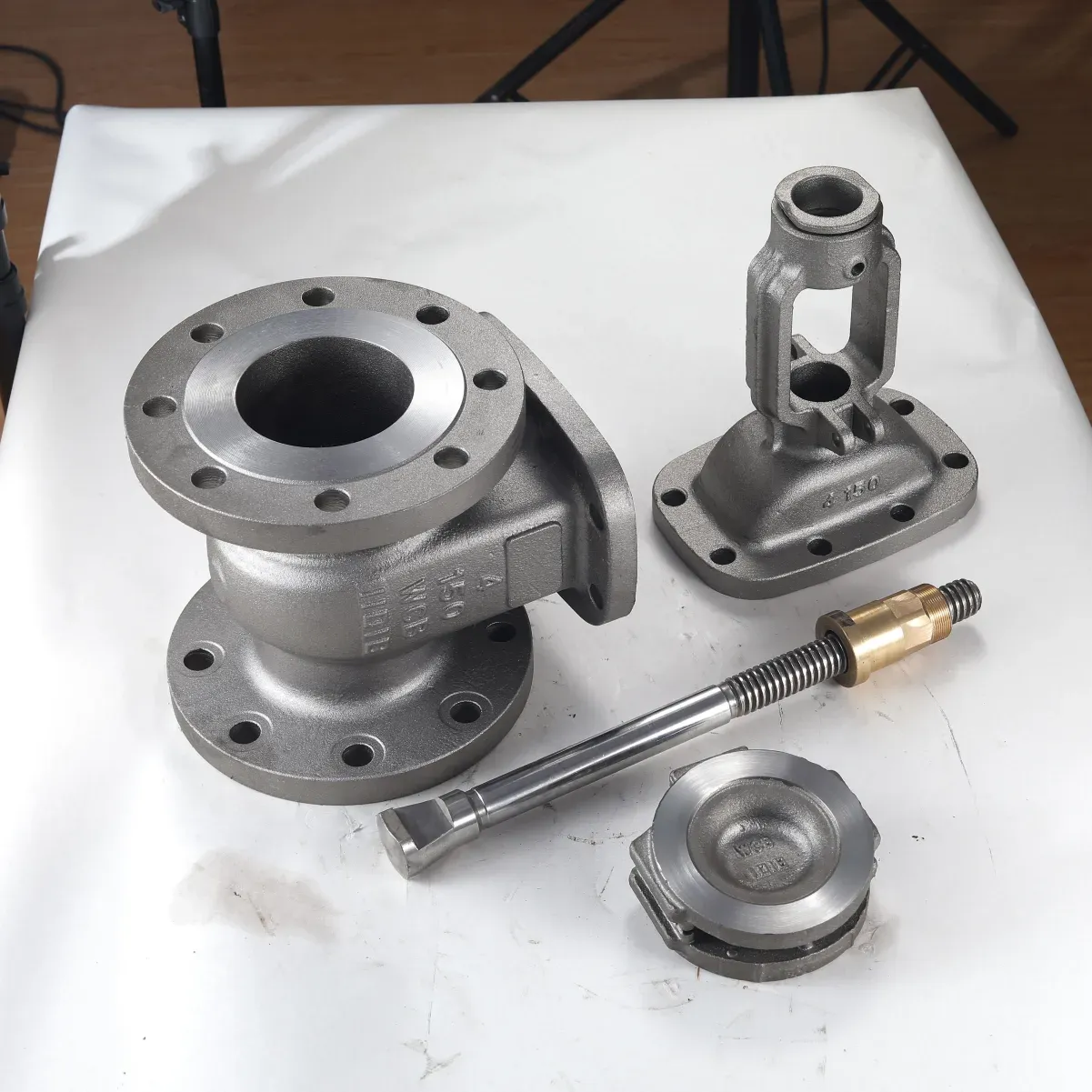8mm Pipe Connectors and Accessories for Efficient Plumbing Solutions
Understanding 8mm Pipe Fittings A Comprehensive Guide
When it comes to plumbing and various fluid transfer applications, the importance of pipe fittings cannot be understated. Among the various sizes and types of fittings available, 8mm pipe fittings stand out for their versatility and widespread use. This article delves into the characteristics, types, applications, and considerations associated with 8mm pipe fittings.
What are 8mm Pipe Fittings?
8mm pipe fittings are connectors used to join pipes that have an internal diameter of 8 millimeters. These fittings can be made from various materials, including plastic, brass, stainless steel, and others, depending on the intended application. They facilitate the efficient transfer of liquids and gases in a wide array of systems, from residential plumbing to industrial machinery.
Types of 8mm Pipe Fittings
There are several types of fittings that fall under the 8mm category, each serving a unique purpose. Here are some of the most common types
1. Elbows These fittings allow pipes to change direction. An 8mm elbow fitting is used when a 90-degree or 45-degree turn is necessary.
2. Tees These fittings enable a connection to three different pipes. An 8mm tee fitting lets you branch off from a main line while maintaining a connection to the original pipe.
3. Couplings These are straight fittings that connect two pipes. An 8mm coupling is vital for extending a line or repairing a broken section of pipe.
4. Caps These fittings are used to seal the end of a pipe. An 8mm cap ensures no fluid escapes from the end point of a plumbing system.
5. Adapters For connecting pipes of different sizes or materials, 8mm adapters come into play. They ensure compatibility and maintain the integrity of the flow.
6. Reducers These fittings are necessary when transitioning from a larger pipe to an 8mm pipe. They help manage pressure changes and flow rates efficiently.
Applications of 8mm Pipe Fittings
8mm pipe fittings

The usage of 8mm pipe fittings spans various sectors
- Residential Plumbing In household plumbing systems, 8mm fittings are often used in applications such as water supply lines, drainage, and gas lines.
- Automotive Industry These fittings are commonly employed in fuel and coolant systems, where secure connections are paramount.
- Industrial Usage In manufacturing, 8mm pipe fittings help transport air, water, and other fluids efficiently and securely.
- Aquariums and Hydroponics Many hobbyists and professionals in aquaculture use 8mm fittings for their plumbing needs, ensuring optimal flow and connectivity.
Choosing the Right 8mm Pipe Fittings
Selecting the right fittings for your project involves several considerations
1. Material Choose a fitting material that is compatible with the fluids being transported. For example, stainless steel is corrosive-resistant and ideal for harsh environments, while plastic fittings might be better for lighter applications.
2. Pressure Rating Ensure the fittings can withstand the pressure of the system. Each application may have different requirements, and using fittings that can handle the necessary pressure is crucial.
3. Compatibility Verify that the fittings are compatible with the type of pipe you are using—this may include checking dimensions, threading, and material compatibility.
4. Installation Requirements Consider how the fittings will be installed. Some may require adhesives, while others can be mechanically fastened.
Conclusion
In conclusion, 8mm pipe fittings play a critical role in countless piping systems. Their diverse types, robust applications, and the specifics related to their selection make them an essential component in both residential and industrial settings. By understanding the various aspects of 8mm fittings, engineers, plumbers, and DIY enthusiasts can make informed decisions when selecting and installing these vital connections, ensuring a reliable and efficient fluid transfer system. Whether you are tackling a small home project or a large-scale industrial operation, the right fittings can make all the difference in achieving optimal performance and durability.
-
Breakthrough in Domestic Low Temperature Valve Technology in ChinaNewsAug.18,2025
-
From Machinery to Intelligent Brain: The Digital Transformation Wave of the Valve IndustryNewsAug.18,2025
-
PCVEXPO 2025NewsAug.18,2025
-
The Key to Fluid Control: Exploring the Advantages of Ball Valves in Industrial SystemsNewsJul.09,2025
-
The Versatile World of 1, 2, and 3 Piece Ball ValvesNewsJul.09,2025
-
Stainless Steel Ball Valves: The Ideal Choice for Efficient Flow ControlNewsJul.09,2025
-
Optimizing Fluid Control with Ball Float ValvesNewsJul.09,2025




